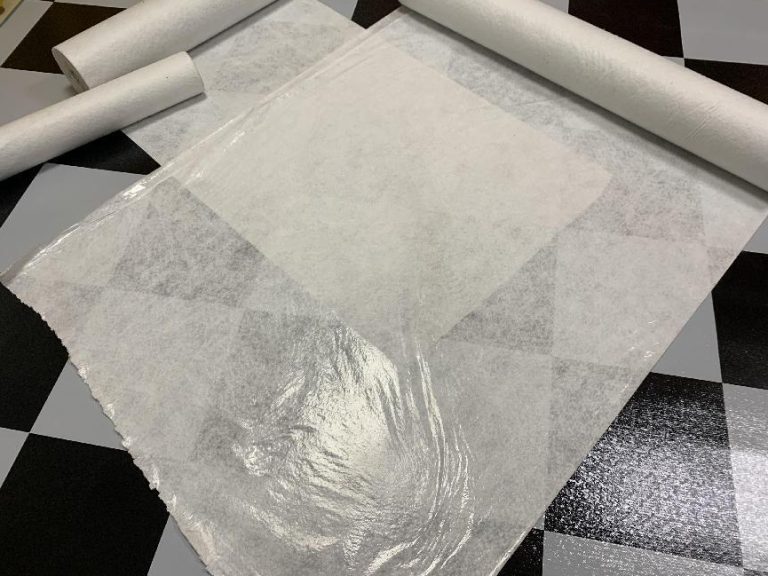Thick White Bonded Laminated Felt Rolls: Your Guide to Reliable China Suppliers
In the diverse world of industrial textiles and specialized materials, thick white bonded laminated felt rolls stand out for their unique combination of properties. Offering exceptional cushioning, insulation, sound dampening, filtration, and protective qualities, this versatile material finds critical applications across numerous sectors – from automotive and aerospace to furniture, packaging, acoustics, and crafts. For global buyers seeking consistent quality, volume capability, and competitive pricing, China has emerged as a primary sourcing hub. This guide explores why China excels in producing these specialized rolls and how to identify the best suppliers.
Table of Contents
Understanding Thick White Bonded Laminated Felt Rolls
Before diving into sourcing, it’s crucial to define the product:
- Thick: Typically refers to densities ranging from 500gsm (grams per square meter) upwards, often to 2000gsm or more, providing substantial bulk and resilience.
- White: Offers a clean, neutral aesthetic, essential for visible applications or as a base for dyeing. Requires consistent color and resistance to yellowing.
- Bonded: Fibers (usually polyester, but sometimes wool, acrylic, or blends) are chemically or thermally bonded, creating a dense, non-woven structure with high integrity, superior to needled felts in many structural applications.
- Laminated: Involves the application of one or more additional layers (e.g., adhesive films, foams, fabrics, or scrims) to one or both sides. Lamination enhances properties like adhesion strength, abrasion resistance, barrier performance, or provides a specific surface texture.
- Rolls: Supplied in continuous rolls of varying widths and lengths, facilitating efficient handling and integration into automated production lines.
Why Source Thick White Bonded Laminated Felt Rolls from China?
China’s dominance in this niche is built on several key advantages:
- Unmatched Manufacturing Scale & Capacity: Chinese factories possess extensive production lines capable of handling large-volume orders efficiently, ensuring reliable supply chains for global businesses.
- Advanced Technology & Expertise: Leading Chinese suppliers invest significantly in modern non-woven manufacturing technologies (carding, cross-lapping, bonding ovens, lamination lines) and possess deep technical knowledge in fiber blending, bonding chemistry, and lamination processes.
- Cost-Effectiveness: Economies of scale, vertically integrated supply chains (from raw fiber to finished roll), and efficient operations translate into highly competitive pricing without necessarily sacrificing quality.
- Material Sourcing & Flexibility: Proximity to major synthetic fiber producers allows for excellent raw material access and cost control. Suppliers often offer flexibility in fiber blends (PET, PP, etc.), bonding methods, lamination types, and custom specifications (thickness, density, roll dimensions).
- Focus on Quality Improvement: Reputable Chinese manufacturers are increasingly ISO-certified (9001, 14001) and adhere to stringent internal quality control protocols (QC) throughout the production process, targeting international standards.
- Established Export Infrastructure: Experience in global logistics, export documentation, and navigating international regulations streamlines the shipping process for buyers worldwide.

Identifying the Best Chinese Suppliers: Key Criteria
Navigating the vast supplier landscape requires diligence. Focus on these critical factors:
- Core Specialization: Prioritize suppliers whose core business is non-woven fabrics, specifically bonded felts and laminated products. Avoid general textile traders lacking direct manufacturing control.
- Technical Capability: Verify their capacity to produce the exact specifications you need: thickness range, density (gsm), lamination type (film, foam, fabric), adhesive type (PUR, EVA, etc.), roll width/length, and whiteness stability. Request detailed technical datasheets.
- Quality Assurance: Demand evidence of robust QC:
- In-process checks (weight, thickness, bonding uniformity).
- Final product testing (tensile strength, tear resistance, peel strength of lamination, colorfastness, dimensional stability).
- Certifications (ISO 9001 is a baseline; industry-specific certs like automotive (IATF 16949) are a plus if applicable).
- Willingness to provide third-party test reports.
- Production Capacity & Lead Times: Ensure they can reliably meet your required volumes within acceptable timeframes. Discuss MOQs (Minimum Order Quantities) realistically.
- Lamination Expertise: Specifically assess their lamination capabilities – types of laminates handled, bonding strength consistency, and experience preventing delamination.
- Communication & Responsiveness: Effective, clear, and professional communication in English is vital for smooth collaboration and problem-solving.
- Reputation & References: Seek reviews, case studies, or request references from existing international clients. Verify their export experience.
The Future of Sourcing: Sustainability and Innovation
Forward-thinking Chinese suppliers are increasingly focusing on:
- Sustainable Practices: Utilizing recycled polyester (rPET) fibers, optimizing energy consumption, and reducing waste.
- Eco-Friendly Options: Offering water-based or solvent-free adhesives for lamination.
- Enhanced Performance: Developing felts with improved fire retardancy (FR), higher temperature resistance, or specialized filtration properties.
Partnering with Confidence
Sourcing high-quality thick white bonded laminated felt rolls from China offers significant advantages in cost, capacity, and technical capability. By carefully selecting suppliers based on specialization, proven quality systems, technical expertise (particularly in lamination), and reliable communication, global buyers can establish highly successful and long-term partnerships.
Ready to Source Reliable Thick White Bonded Laminated Felt Rolls?
Conduct thorough research, request samples to evaluate quality firsthand, and engage in detailed technical discussions with potential Chinese manufacturers. The right supplier partner is key to securing the consistent, high-performance material your applications demand. Look for manufacturers emphasizing quality control, technical support, and a commitment to meeting international standards for your peace of mind.

